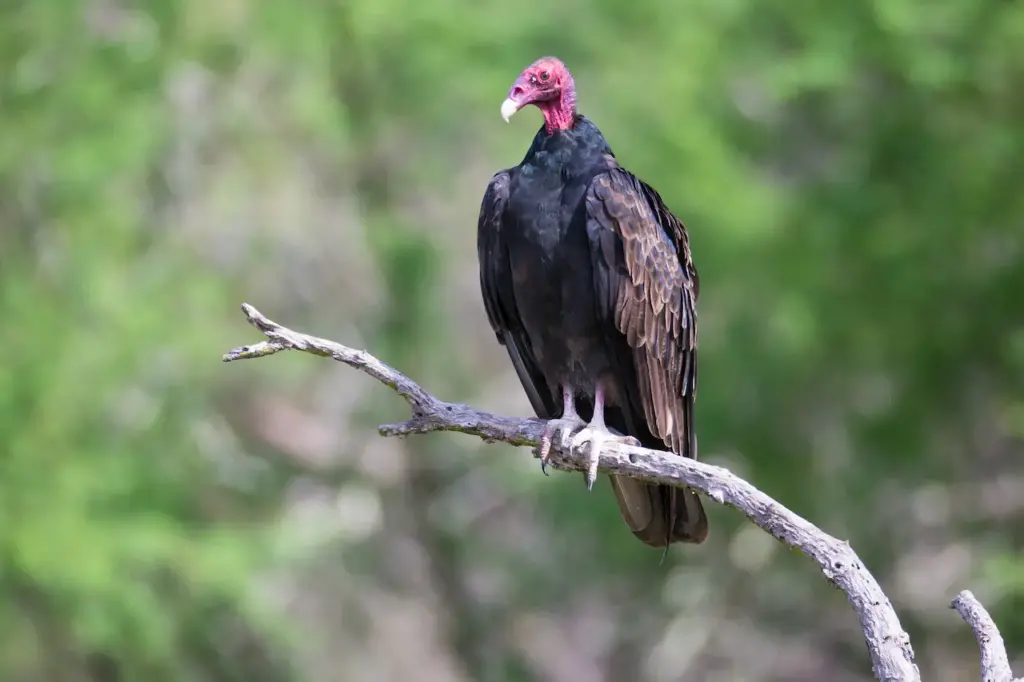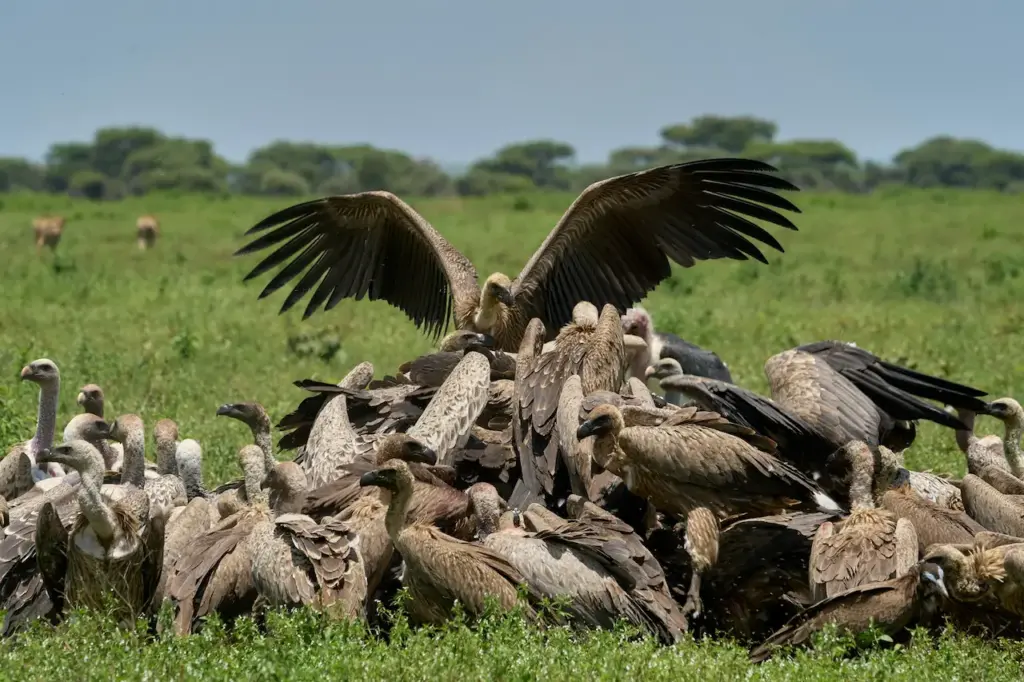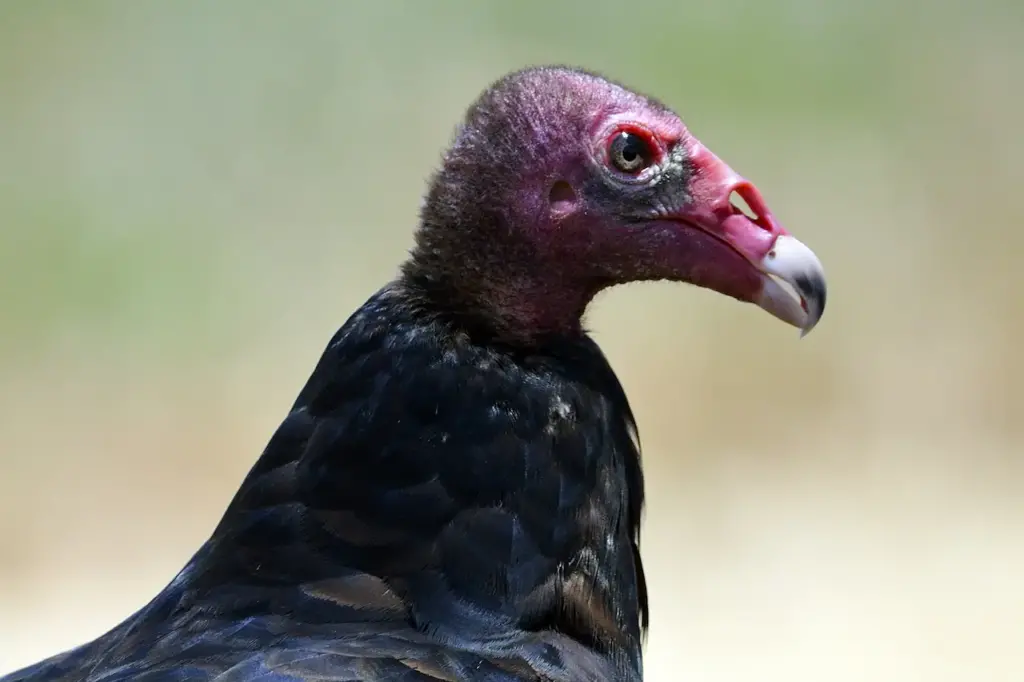What Eats Vultures?
Categories
- Accipitridae (1)
- Acrididae (1)
- Algae (2)
- Alligatoridae (1)
- Amoebidae (1)
- Amphibians (3)
- Anatidae (1)
- Anguillidae (1)
- Arachnids (2)
- Bears (2)
- Big Cats (3)
- Birds (13)
- Bovidae (5)
- Bufonidae (1)
- Camelids (1)
- Cameras (1)
- Canines (13)
- Caridea (1)
- Carnivora (10)
- Castoridae (1)
- Cats (5)
- Cebidae (1)
- Cephalopod (1)
- Cervidae (2)
- Cetacean (1)
- Chondrichthyes (1)
- Crocodilia (2)
- Crustaceans (4)
- Culicidae (1)
- Cyaneidae (1)
- Dasypodidae (1)
- Dasyurids (1)
- Deer (1)
- Delphinidae (1)
- Desktop (1)
- Didelphidae (1)
- Dinosaurs (1)
- Dogs (13)
- Dolphins (2)
- Echinoderms (1)
- Education (10)
- Elephantidae (1)
- Equine (1)
- Erethizontidae (1)
- Erinaceidae (1)
- Farming (1)
- Felidae (5)
- Fish (5)
- Food Chain (31)
- Food Web (2)
- Formicidae (1)
- Frugivore (1)
- Gaming (1)
- Gastropods (1)
- Giraffids (1)
- Great Apes (2)
- Health Conditions (3)
- Herbivore (4)
- Hi-Fi (1)
- Hippopotamidae (1)
- Hominidae (1)
- Insects (10)
- Invertebrates (2)
- Keyboards (1)
- Laptops (1)
- Leporidae (1)
- Mammals (23)
- Marsupials (4)
- Mephitidae (1)
- Microchiroptera (1)
- Mollusks (2)
- Mongoose (1)
- Muridae (1)
- Nocturnal Animals (1)
- Odobenidae (1)
- Omnivore (2)
- Phasianidae (1)
- Phocidae (1)
- Plankton (1)
- Plants (2)
- Primate (1)
- Ranidae (1)
- Reptiles (7)
- Rhinocerotidae (1)
- Rodents (5)
- Salamandridae (1)
- Scarabaeidae (1)
- Sciuridae (2)
- Sharks (1)
- Shellfish (1)
- Sound (1)
- Spheniscidae (1)
- Suidae (1)
- Superfamily Papilionoidea (1)
- Theraphosidae (1)
- What Eats (5)
Circling high in the sky with excellent eyesight, vultures play an essential ecological role as nature’s cleanup crew. Acting as living garbage disposals, these mostly scavenging birds specialize in seeking out and feeding on the carcasses of large dead animals.
Relying less on smell to locate freshly fallen prey compared to other scavengers, soaring vultures scan vast areas in search of their next meal. With no feathers covering their bald heads, vultures can deeply thrust their beaks into decaying carcasses while staying clean.
Vultures possess extremely tough digestive systems, allowing them to safely eat spoiled rotten meat teeming with deadly pathogens and toxins capable of sickening or killing most other animal species.
But despite their unique evolutionary adaptations for a diet of deleterious decay and disease-ridden leftovers, vultures themselves still occupy a place in the food chain where other predators see them as tasty prey.
Several hungry meat-eating animals relish the irony of turning the tables to feast on these iconic carrion feeders. Several different raptors, mammals, and reptiles all kill and consume vultures when given the opportunity.
In this article, we will go through the predators that eat vultures. These predators commonly include eagles, hawks, golden jackals, snakes, coyotes, and big cats, as explained below.
Eagles
Bald eagles and golden eagles prey on vultures. These large birds of prey use their powerful talons to snatch up unsuspecting vultures from the air.
An eagle will carry the vulture to a secluded location to feed on its flesh. Eagles have even been observed forcing vultures and other smaller birds to drop any food they are carrying so the eagle can steal it for itself.
With wingspans over 6 feet wide, bald eagles are one of the biggest birds found in North America. They mainly eat fish but will opportunistically hunt birds, too.
Golden eagles have a more varied diet, including small mammals like rabbits, squirrels, and prairie dogs. A plump vulture makes a tempting meal.
Eagles may kill adult vultures as well as raid their unattended nests to eat eggs and vulnerable chicks. This prevents future competition for food sources. By threatening vultures and keeping their population smaller, eagles maintain better access to animal carcasses.
Hawks
Hawks are small but mighty raptors with a taste for other birds. The Harris hawk and red-tailed hawk will attack vultures given the chance.
A single hawk will usually go after young fledglings and less mature vultures that are less able to fight back. A group of hawks may team up to take down a full-grown vulture.
Using distraction as a tactic, one hawk will attract the vulture’s attention while another hawk approaches stealthily from behind or the side.
The hawk delivers a lethal blow to the vulture’s neck or head with its sharp talons. The remains get cached for the hawks to feed on for several days.
Some hawks specifically target turkey vultures. Under heavy attack from a hawk or group of hawks, turkey vultures adopt a passive defensive posture. They remain still in an attempt to blend into their surroundings while under assault from the hawks.

A Vulture Perched on Tree Branch What Eats Vultures
Golden Jackals
In North Africa’s Serengeti desert, golden jackals feed on several vulture species. These canine scavengers chase down the large birds and may attack in packs, similar to how wolves hunt cooperatively.
A golden jackal launches itself at a vulture, biting at its wings to cripple it. Once grounded, the jackal and/or its pack mates overpower and kill the injured vulture.
Griffon, lappet-faced, and white-backed vultures are common prey for Serengeti jackals due to their huge population and tendency to roost colonially at unprotected sites on the ground.
By raiding these nesting sites, jackals have easy access to adult vultures, chicks, and eggs for sustenance.
Vultures sense jackals approaching a nesting area and take flight, but jackals are persistent and will loiter in the area for hours. Their patience eventually pays off when the vultures return and land again.
Snakes
Surprisingly, certain snakes count vultures among their prey. Large constrictor snakes like boa constrictors and pythons are capable of subduing an adult vulture.
Throughout Latin America, anacondas live alongside vultures that feed on the leftovers from the snake’s big game hunting kills. When vultures land to scavenge the remains of an anaconda kill, they sometimes end up on the snake’s menu.
These big-bodied snakes ambush roosting vultures. They seize a vulture in their jaws, then begin coiling around the bird, squeezing it to death before swallowing it whole.
Black vultures, turkey vultures, and king vultures are the most frequent targets among New World species. Snakes may also exhibit opportunistic behaviour, such as a python lurking beneath a vulture nest to snatch hatchlings as they emerge.
Coyotes
The adaptable coyote respects few boundaries on potential food sources, including scavenging vultures. Often working in small packs, coyotes chase down turkey vultures and black vultures in an attempt to separate weak or injured individuals from the flock.
Similar to jackals, coyotes harass airborne vultures by jumping and snapping at their wings until the exhausted birds land. At this point, the coyotes move in and suffocate the grounded vultures with throat bites.
As omnivores subsist partially on carrion, competition arises between coyotes and vultures over animal remains. This creates an adversarial dynamic where coyotes view vultures as pests trying to steal food.
Killing vultures serves the dual purpose of eliminating competitors and providing coyotes a fresh meal. Their relative abundance enables coyotes to target vultures without significantly impacting overall vulture populations.
Big Cats
Lions, leopards, and tigers have all been observed hunting and killing vultures. Asia’s Bengal tiger and African lion only make occasional meals out of vultures during times of food scarcity. Leopards are more frequent vulture predators, actively stalking the birds.
Vultures have unusually strong stomach acid and digestion. Most predators avoid eating vultures to sidestep potential sickness from their high-acid gut contents. However, in lean times with easier prey unavailable, tigers, lions, and leopards resort to vultures to combat hunger.

Vultures Feasting On A Dead Animal
These big cats typically ambush lone vultures found separated from their flocks. Like all big cat hunting, vultures are brought down swiftly at close range with a lethal bite to the neck or spine.
Since vultures have less flesh and fat compared to larger herbivore prey, big cats must kill a greater number of them to fulfil their high-calorie needs.
But vultures provide sustenance vital to the survival of these endangered predators during periods when customary prey is scarce in their habitats.
Conclusion
For all their evolutionary adaptions to safely consume diseased carrion, vultures cannot evade becoming prey themselves. Several opportunistic raptors and mammal carnivores like eagles, hawks, jackals, coyotes, and big cats all hunt and feast on vultures.
These predators help regulate vulture numbers, preventing overpopulation that could monopolize carcass food sources to the detriment of other scavenger species. Vultures fill the vital ecological role of the waste clean-up crew.
But even nature’s garbage disposals occupy a place in the food web where other meat eaters relish the irony of turning the tables to make a meal out of these iconic carrion feeders.
Yet the overall balance between vultures and their predators ensures stability in their shared ecosystems.

